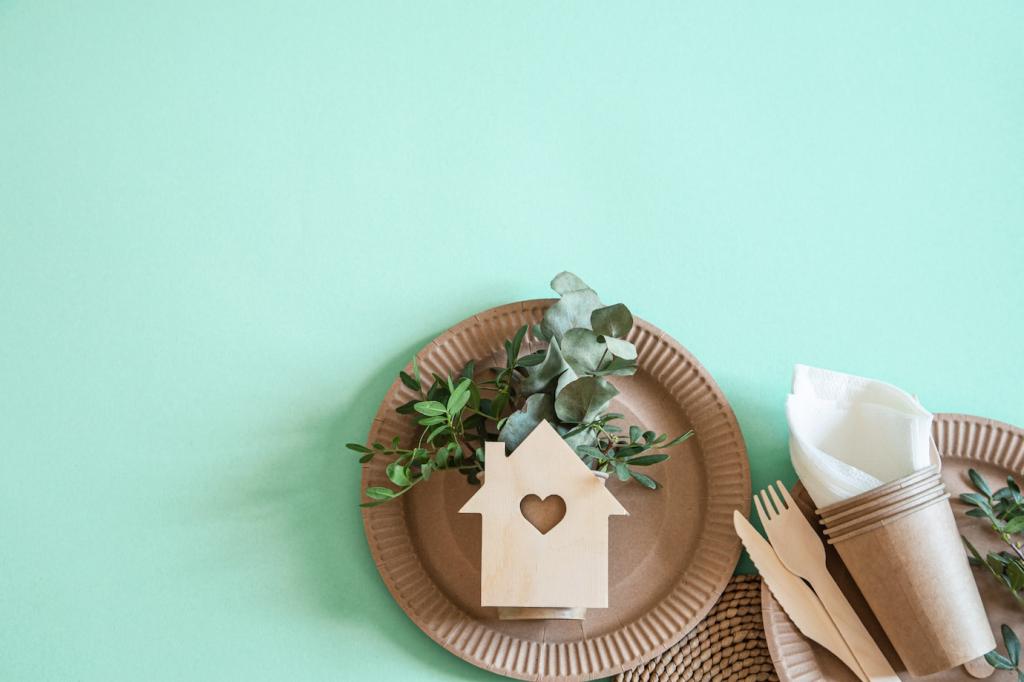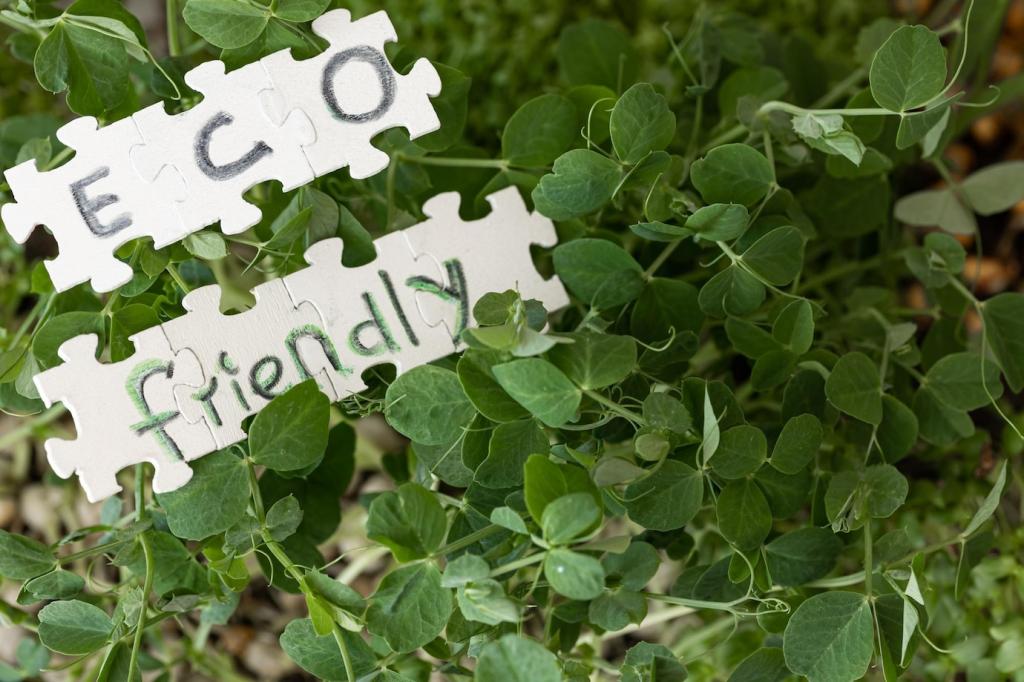Chosen theme: Environmentally-friendly Painting and Finishes. Breathe easier and refresh your spaces with thoughtful paints, natural finishes, and simple habits that protect your family’s health and our shared planet. Subscribe and join our community of mindful makers transforming homes with color, conscience, and craft.
The Why: Healthier Walls, Healthier Planet

Volatile Organic Compounds off-gas into the rooms where you sleep, work, and play, impacting respiratory comfort and long-term wellbeing. Choosing low- or zero-VOC paints reduces lingering odors, shortens downtime after painting, and safeguards sensitive family members. Tell us: what motivated your first switch to healthier paint?
Reading the Can: Labels, Certifications, and Ingredients
01
Low-VOC paints must meet specific limits, while zero-VOC typically refers to base formulas without added tints. Some colorants still introduce VOCs, so ask retailers for compliant tint systems. Comment with brands you trust, and we will compile a community-vetted shortlist for subscribers.
02
Look for GREENGUARD Gold, EU Ecolabel, Cradle to Cradle, and the Asthma and Allergy Friendly mark. These aren’t perfect, but they signal robust testing and disclosure. Have a label you’re unsure about? Drop it below—we love investigating claims and sharing unbiased findings.
03
Transparent Safety Data Sheets and ingredient disclosures help you avoid solvents, formaldehyde donors, and problematic plasticizers. Favor water-based binders, mineral pigments, and plant oils. If a product is vague, write the company or ask our readers; we crowdsource clear answers quickly.
Natural Finishes You Can Love
Milk Paint: Velvety Heritage with Modern Ease
Milk paint blends casein, lime, and mineral pigments for a chalky depth that sands beautifully and accepts waxes well. It’s breathable, biodegradable, and stunning on furniture. Share a before-and-after photo of your first milk paint experiment—our newsletter features a standout project every month.
Limewash and Clay: Breathable, Textured Walls
Limewash carbonates as it cures, creating a living finish that resists mold and diffuses light softly. Clay paints add warm, matte dimension with natural color variegation. Thinking of a feature wall? Tell us your room and light conditions, and we’ll suggest a starter palette.
Plant-Based Oils and Waxes
Linseed and tung oils penetrate wood fibers, while beeswax and carnauba seal with a gentle sheen. These finishes highlight grain without synthetic varnish smells. Ask questions about food-safe options for counters and toys—we’ll compile reader-tested recipes and care routines.
Prep and Application, the Eco Way
Surface Prep That Respects Materials
Clean with biodegradable soap, degloss using gentle abrasives, and repair with low-toxicity fillers. Good prep reduces coats required, saving paint, time, and energy. Share your trickiest surface, and our community will recommend eco-forward fixes that truly last.
Tools and Cleanup Without Harsh Solvents
Choose high-quality rollers and brushes to minimize waste and shed. Keep a bucket for rinse water, then filter solids before safe disposal. Citrus-based cleaners can help stubborn residues. Comment with your favorite reusable drop cloths—we love gear that survives many projects.
Ventilation and Drying
Even green products need airflow. Cross-ventilate, use fans on low, and monitor humidity for proper curing. This shortens downtime and ensures durable film formation. Tell us how you ventilate in winter; we’ll share reader strategies that protect warmth without trapping moisture.


Color Stories with a Conscience
One reader painted a nursery with a zero-VOC eggshell in soft sage, finishing the crib with food-safe oil. Their baby napped there the next afternoon without chemical smells. What soothing colors are you considering? Post swatches, and we’ll suggest eco-friendly matches.
Color Stories with a Conscience
Historic mineral pigments inspire serene, grounded palettes—think ochres, ultramarines, and iron oxides—now in low-VOC binders. The result is timeless style with cleaner air. Tell us your home’s era, and we’ll recommend a historically sensitive, sustainable color scheme.
Real-Home Case Study: From Fumes to Fresh
A couple moved into a condo with lingering solvent smells and yellowed trim. Headaches were common after cleaning days. They wanted a brighter space, safer air, and finishes durable enough for an enthusiastic rescue dog. Have you been there? Share your starting point.
Real-Home Case Study: From Fumes to Fresh
They washed walls with biodegradable cleaner, sealed stains using a low-odor primer, and painted with GREENGUARD Gold flat. Wood shelves received tung oil cut with citrus solvent. They documented each step for our community—should we host a live Q&A replay?

Cleaning Without Compromise
Use soft sponges, mild soap, and warm water to lift marks without abrading finishes. For scuffs on matte walls, try a damp microfiber cloth and patience. Tell us your toughest stain, and we’ll test eco-friendly spot treatments in an upcoming post.

Touch-Ups and Patina
Label leftover paint with date, room, and sheen to ensure seamless touch-ups. Natural oils and waxes develop character; reapply thinly rather than stripping. Share your patina pride—our community loves celebrating well-loved surfaces that age gracefully.
